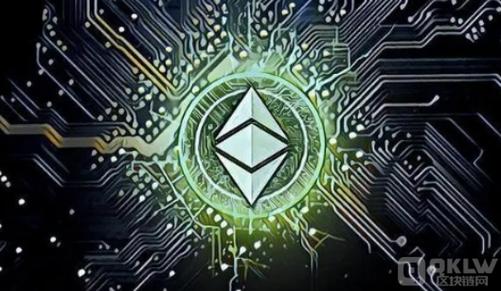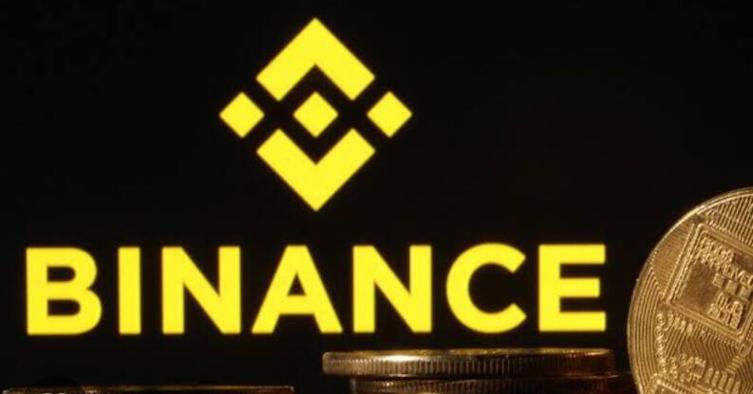
Beth and Eth 2.0: A Comprehensive Overview
Are you intrigued by the world of blockchain and its potential to revolutionize the way we interact with digital assets? If so, you’ve likely heard of Ethereum, the second-largest cryptocurrency by market capitalization. But what about its upgraded version, Eth 2.0? Let’s dive into a detailed exploration of both, highlighting their unique features, benefits, and the impact they have on the blockchain ecosystem.
Understanding Ethereum
Ethereum, launched in 2015, is a decentralized platform that enables developers to build and deploy smart contracts and decentralized applications (DApps). It’s powered by its native cryptocurrency, Ether (ETH). Unlike Bitcoin, which is primarily a digital gold, Ethereum is a platform that supports a wide range of applications beyond just payments.

One of the key features of Ethereum is its smart contract functionality. Smart contracts are self-executing contracts with the terms of the agreement directly written into lines of code. This allows for transparent, secure, and automated transactions without the need for intermediaries.
What is Eth 2.0?
As Ethereum continues to grow and evolve, it faces scalability challenges. To address these issues, the Ethereum Foundation proposed Eth 2.0, a major upgrade to the Ethereum network. Eth 2.0 aims to improve the network’s scalability, security, and sustainability.
The most significant change in Eth 2.0 is the transition from a proof-of-work (PoW) consensus mechanism to a proof-of-stake (PoS) mechanism. This transition is expected to reduce energy consumption and make the network more sustainable. In PoS, validators are chosen to create new blocks based on the number of ETH they hold and are willing to “stake” as collateral.
Key Features of Eth 2.0
Here are some of the key features of Eth 2.0:

| Feature | Description |
|---|---|
| Proof-of-Stake (PoS) | Validators are chosen based on the number of ETH they hold and are willing to stake. This reduces energy consumption and makes the network more sustainable. |
| Sharding | The network is divided into smaller, more manageable pieces called “shards,” which allows for improved scalability and performance. |
| Improved Security | The PoS mechanism is expected to provide better security against attacks compared to the PoW mechanism. |
| Decentralization | The transition to PoS aims to make the network more decentralized, reducing the risk of centralization. |
Benefits of Eth 2.0
Transitioning to Eth 2.0 brings several benefits:
-
Reduced Energy Consumption: The PoS mechanism is significantly more energy-efficient than PoW, which is a significant advantage for the environment.
-
Improved Scalability: Sharding allows the network to handle more transactions per second, making it more scalable for future growth.
-
Enhanced Security: The PoS mechanism is expected to provide better security against attacks compared to the PoW mechanism.
-
Decentralization: The transition to PoS aims to make the network more decentralized, reducing the risk of centralization.
Impact on the Blockchain Ecosystem
The transition to Eth 2.0 has a significant impact on the blockchain ecosystem:
-
Increased Adoption: As Ethereum becomes more scalable and sustainable, it’s likely to attract more developers and users, leading to increased adoption of blockchain technology.
-
Competitive Advantage: Eth 2.0 gives Ethereum a competitive edge over other blockchain platforms, making it a more attractive choice for developers and users.
-
Innovation: The transition to Eth 2.0 is expected to drive innovation in the blockchain space, as developers explore new ways to leverage the improved network capabilities.
In conclusion, both Ethereum and Eth 2.0 are crucial components of the blockchain ecosystem. Ethereum has already made a significant impact, and the transition to Eth 2.




